Music and Worship in the Cathedral today
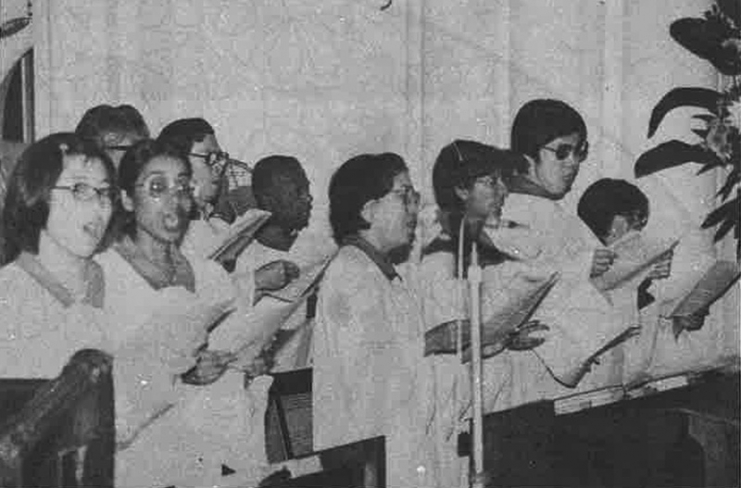
Music and worship are intrinsically linked for what and how we worship shapes our theology of the God we serve and love. The Book of Common Prayer has been the foundation of our early Anglican worship. Through the years, the Cathedral has grown in the number of services and the people groups who worship here.
The appropriate worship styles and forms have developed accordingly; united by our one desire to glorify the Triune God who first loved us.
In the Cathedral’s early days, the Book of Common Prayer (BCP) played an integral role when worship services first began. It ordered the way worship was conducted in British colonies during the 19th century. Authorised in 1662, the BCP has morning and evening prayers, the orders for Baptism, Confirmation and Marriage. Its liturgy shaped the way how services were conducted and this biblically-shaped faith guided the use of hymns sung at the Cathedral.
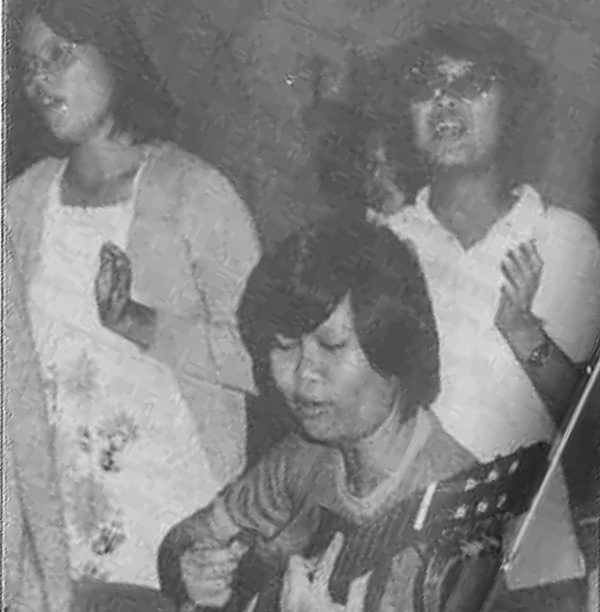
Moving forward to 1969, Dean Anthony Charles Dumper penned his reflections on worship in a publication commemorating the 150th anniversary of Singapore’s founding:
In this young city with its youthful population well represented in our congregation we recognise that worship must be so ordered that the young can feel at home… worship in a Cathedral or any church must start with the hearts and minds of the worshippers. And it does not essentially matter which literary or musical form is used provided that through it, the congregation can understand and offer their worship to God... we do not forget that that standard must relate to the culture, the aspirations, the characteristics, of the people of Singapore. There is room for much more experiment and exploration in our music, in our order, in our ceremonial.

Dumper’s wise words on music and worship have certainly been heeded fifty years on. From the traditional set of Canticles – hymns or Christian songs of praise taken from the Bible such as the Te Deum and Nunc Dimittis – to the use of Psalms in chants or metrical forms, the Cathedral today has incorporated modern forms of music from other parts of the Anglican Communion and the wider Church. This has enriched the Cathedral’s worship life and helped a wide range of individuals in the church community to worship meaningfully. Old and new, there are riches to be discovered through heritage and creativity.
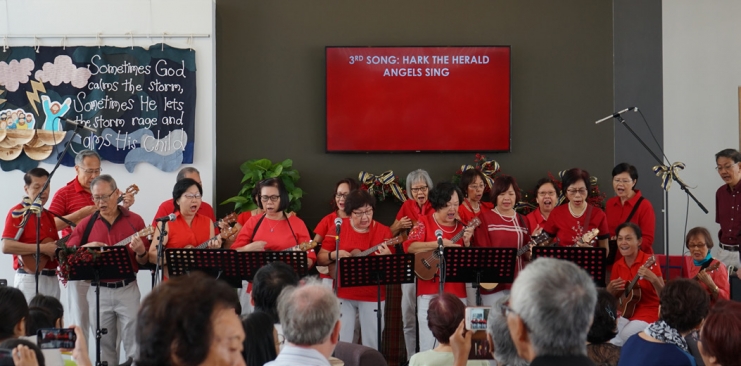
In terms of musicianship and resources, the Cathedral has made great strides. There was a time - and that was not too long ago - when we were desperately looking for organists. Today, the Cathedral enjoys the luxury of rostering our organists to play once a month even though some would like to play more often! Diverse forms of worship can be experienced in the 18 services held here every week at the Cathedral.

The Cathedral Choir is currently led by our principal organist and music director, Mr Lim Chin Kai. We currently have three choirs singing regularly every Sunday at the 8.00 am, 11.15 am and 5.00 pm services. Once a month, the choirs come together to sing special anthems during the Holy Communion. The choirs also come together to sing during Easter, Christmas and other special occasions.
The Cathedral Choir also ministers to other churches and parishes in the region as a part of our mutual worship enrichment. The Cathedral also regularly hosts choirs from other churches, both from here and abroad. Some of these are collaborative efforts and in so doing, we are enriched. We continue to seek to enrich our worship by drawing on our rich Anglican tradition both in terms of music and liturgical resources. There is also a leadership task force which works closely with the Vicar and clergy in shaping the direction of worship and liturgy in the Cathedral.
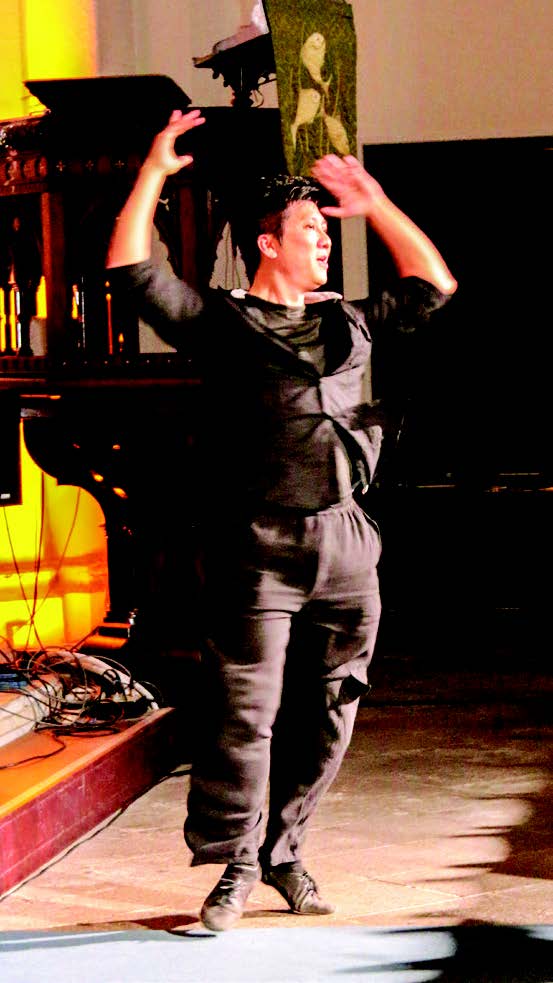
The Cathedral also has a Golden Voices Choir consisting of senior members from the Cathedral’s many services, as well as a Handbell Choir helmed by the Cathedral’s Young Adults Ministry. The Young Adults join the Cathedral Choir to sing during special occasions and have also presented an evangelistic musical as part of their outreach.

The contemporary worship and music ministry is headed by Mr Matthew Peter. Working together with the various services’ core worship teams, they oversee and give direction to the worship life of our congregations in the New Sanctuary. There is also a Dance Ministry headed by Mr Steven Wong.

Delving into our English heritage with an eye on local culture and developments elsewhere in the Communion, the Cathedral seeks to strengthen her Choir and other choral groups and musicians, adding the riches of Cathedral culture and music to our society’s flourishing arts scene.
A recent addition to the Cathedral’s worship ministry is the new Bell Ringing Ministry. In 2019, the West Tower has come to life as some are “learning the ropes”, so to speak, to create the unique cascading sounds of bells through change-ringing. Christian worship and music flows from vibrant faith. This is also our aspiration, to worship from the interiors of our hearts as musicians and a worship community. This is the kind of music and unique sound we seek to offer both in and outside the Cathedral, faith that is lived, sung and heard.
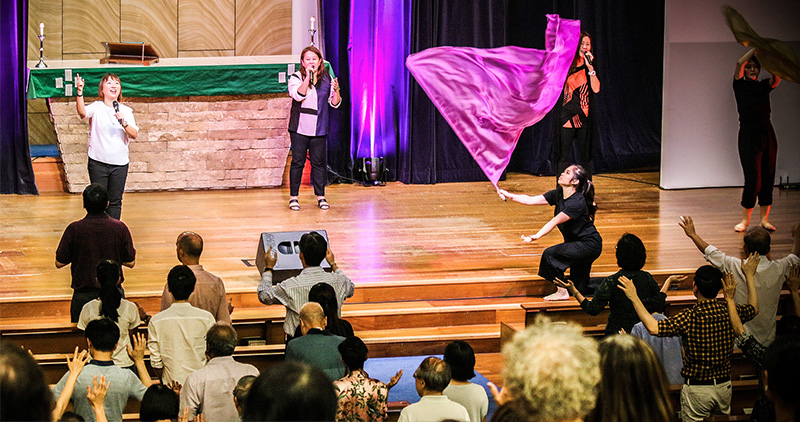
This article was originally published in the December Bicentennial 2019 issue of the Courier.


